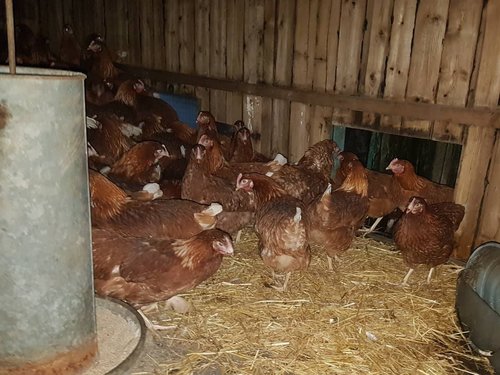The Chicken or the Egg?
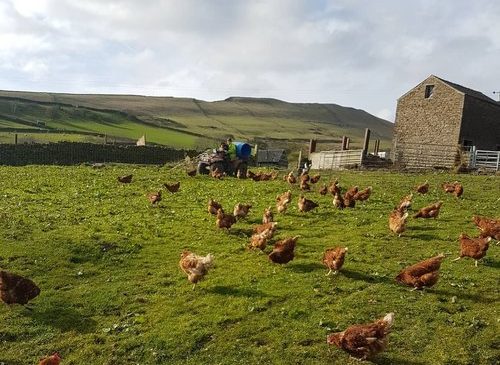
Last weekend, whilst selling Cupcakes at our local Farmer’s Market (Whaley Bridge FAB Market); I had a lovely chat and catch up with Ricky from Farm Girl – a local farm in the Derbyshire Hills. Farm Girl supply all the eggs we use here at Pink Aubergine and whilst trade was quiet she explained so much about egg production, and answered many of the questions I have. (When you use as many eggs as we do, you soon notice differences in size, shell thickness and colour!)
This led me to think to write a post about eggs, chickens with a few interesting facts!
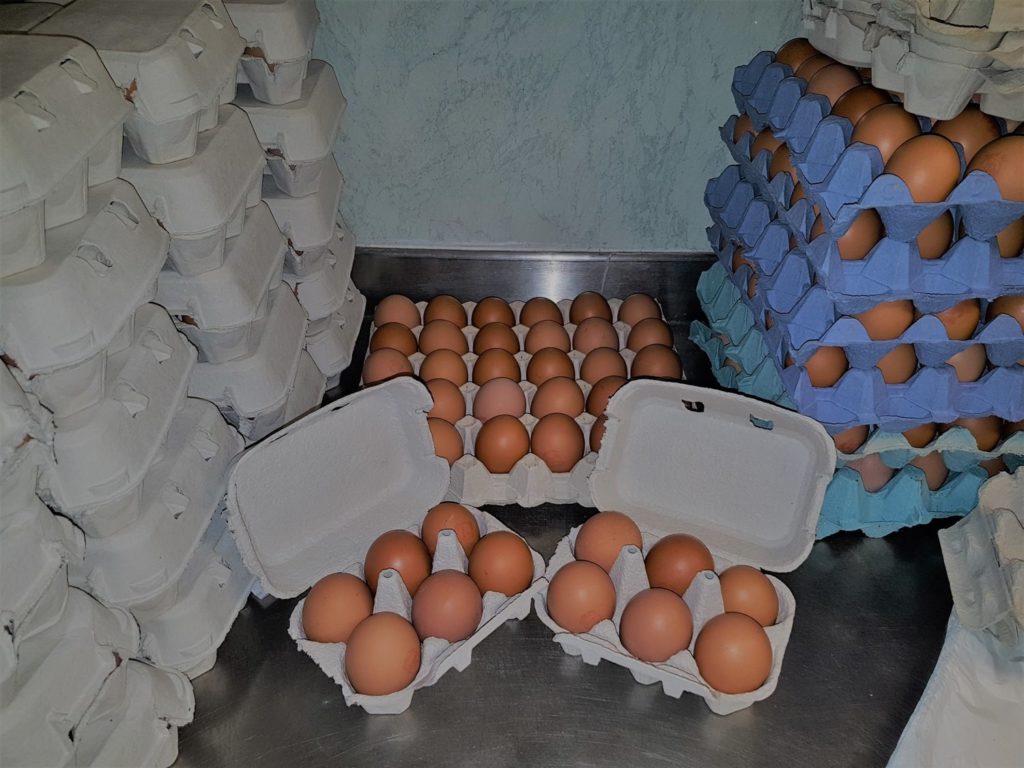
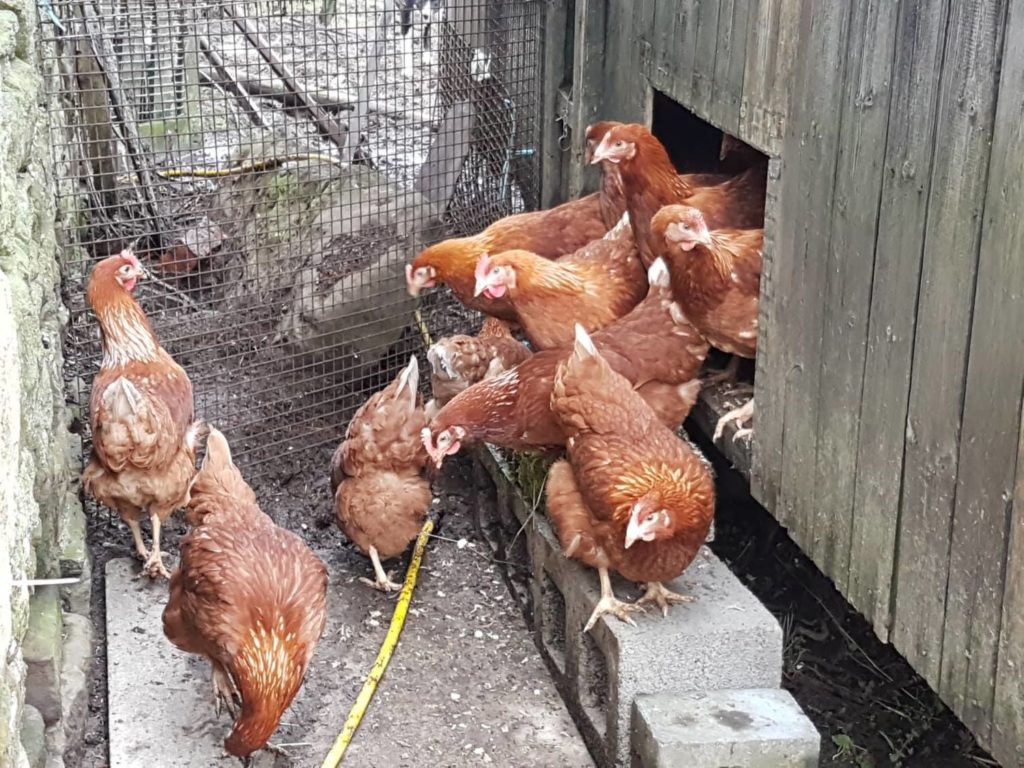
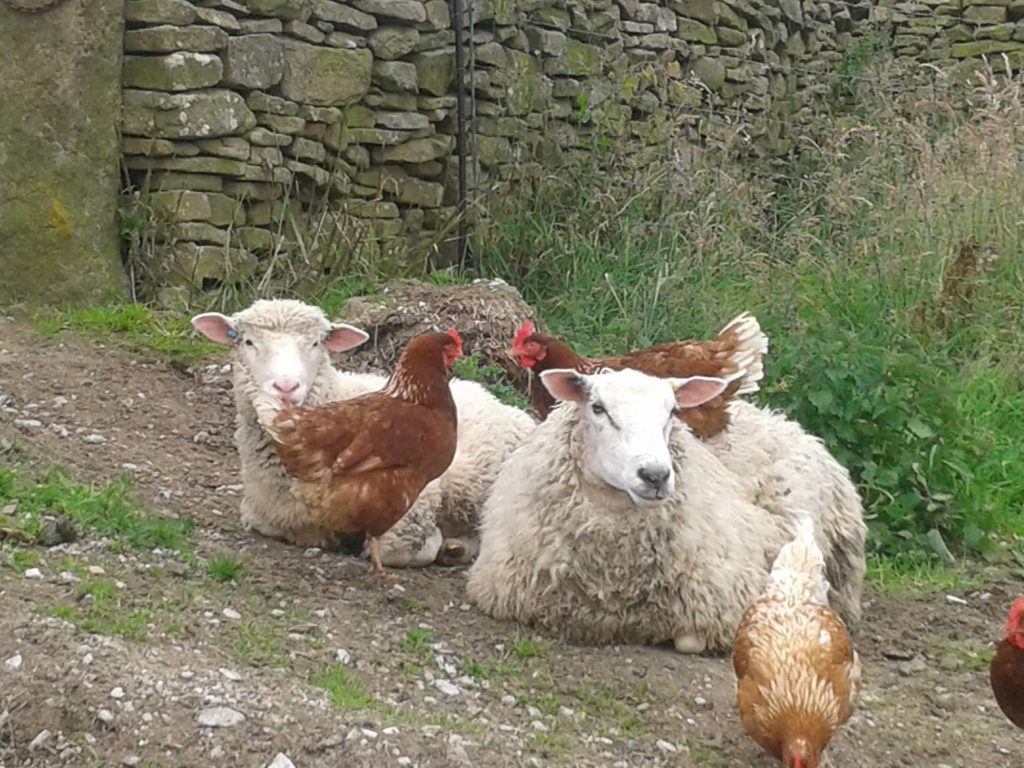

- We all know that there are battery and free range hens; however I don’t know if we are really aware that commercial free range chickens are probably anything but free range in reality – the law doesn’t say that they need to be living outside with acres of land to roam in.
- According to the Guardian: “The RSPCA states that chickens must have a defined amount of space (no more than 13 birds a square metre), be 56 days old before they are slaughtered and have continuous daytime access to open-air runs, with vegetation, for at least half their lifetime”
- I think it is more realistic to think of barns of hundreds chickens with a door open should they ‘want’ to go outside; however in reality they are unlikely to be able to get to the open space or understand that they can do.
- Hens don’t need a rooster in order to lay eggs.
Without a rooster, the eggs are infertile, so won’t develop into young chicks. A hen’s body is naturally intended to produce an egg once every 24 to 27 hours and it will form the egg regardless of whether the egg is actively fertilized during its formation. - Chickens don’t lay eggs in winter – the lack of daylight means that their egg production stops so even the most free-range Farm has to provide artificial light during these months.
- The size thickness of the egg shell is dependent on the age of the chicken. As chickens get older, their eggs become larger and thinner as the amount of calcium remains the same. Hens need calcium added to their diet in the form of oyster shells or even their own shells crushed up to keep their supplies up.
- Egg shell is actually edible and a great source of calcium; however we don’t recommend it – there are many other uses for it including in the garden to add calcium to earth or the compost heap, or keep slugs and snails off plants. Egg shells in a bag with a lemon will whiten your white clothes in the wash, and can even be used as a non abrasive cleaner when washing up.
-
Who doesn’t love a double yolk egg? The world record for a multi-yolk egg is 9 – and in the Guinness Book of Records.
”A double-yolked egg occurs when two egg yolks are released into a hen’s oviduct too close together and end up encased within the same shell. Generally about an hour after an egg is laid, the next yolk is released, but due to hormonal change/imbalance, an overstimulated ovary sometimes misfires and releases the yolk too early. The shell forms around both yolks and results in a single egg.”

